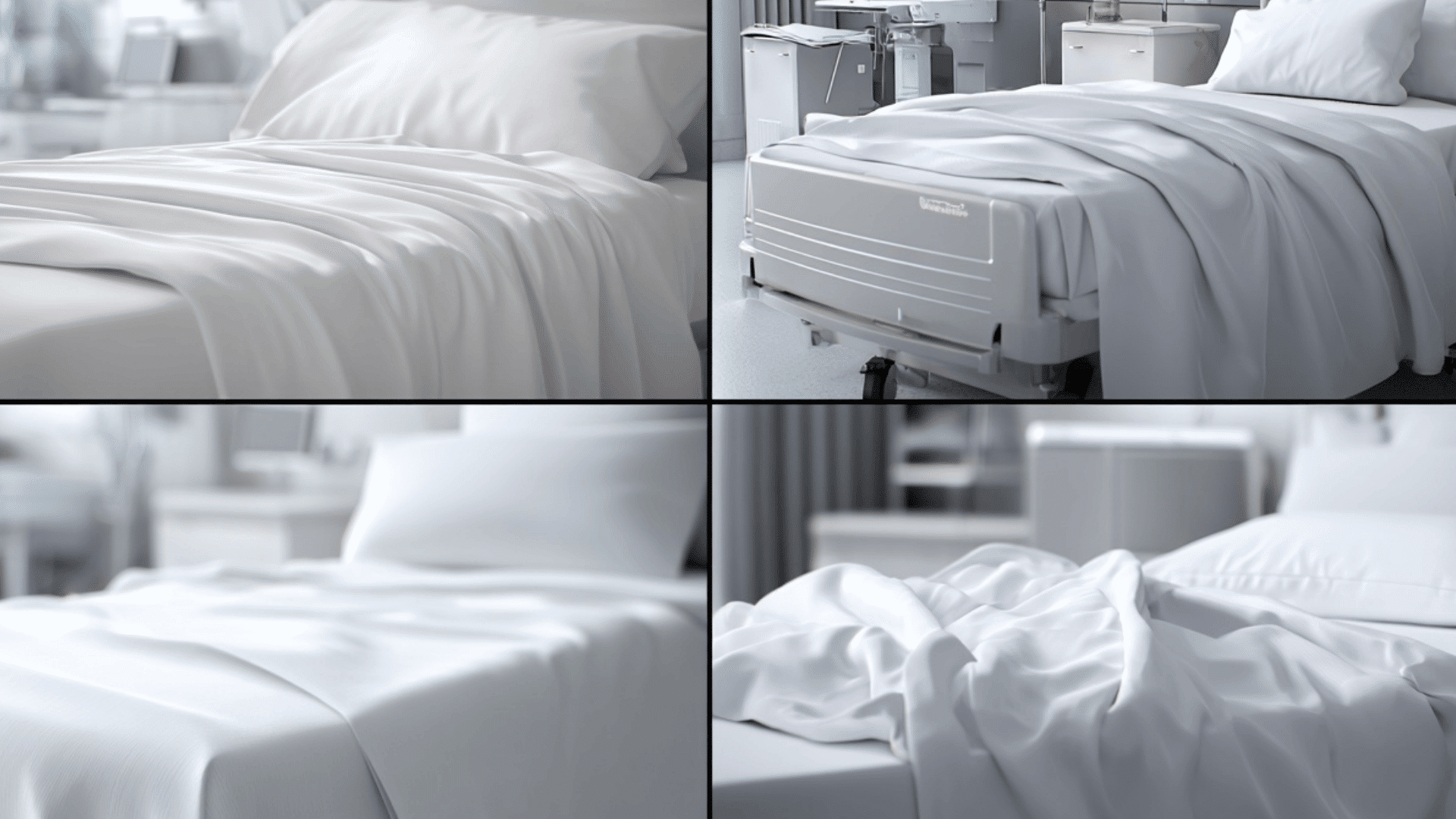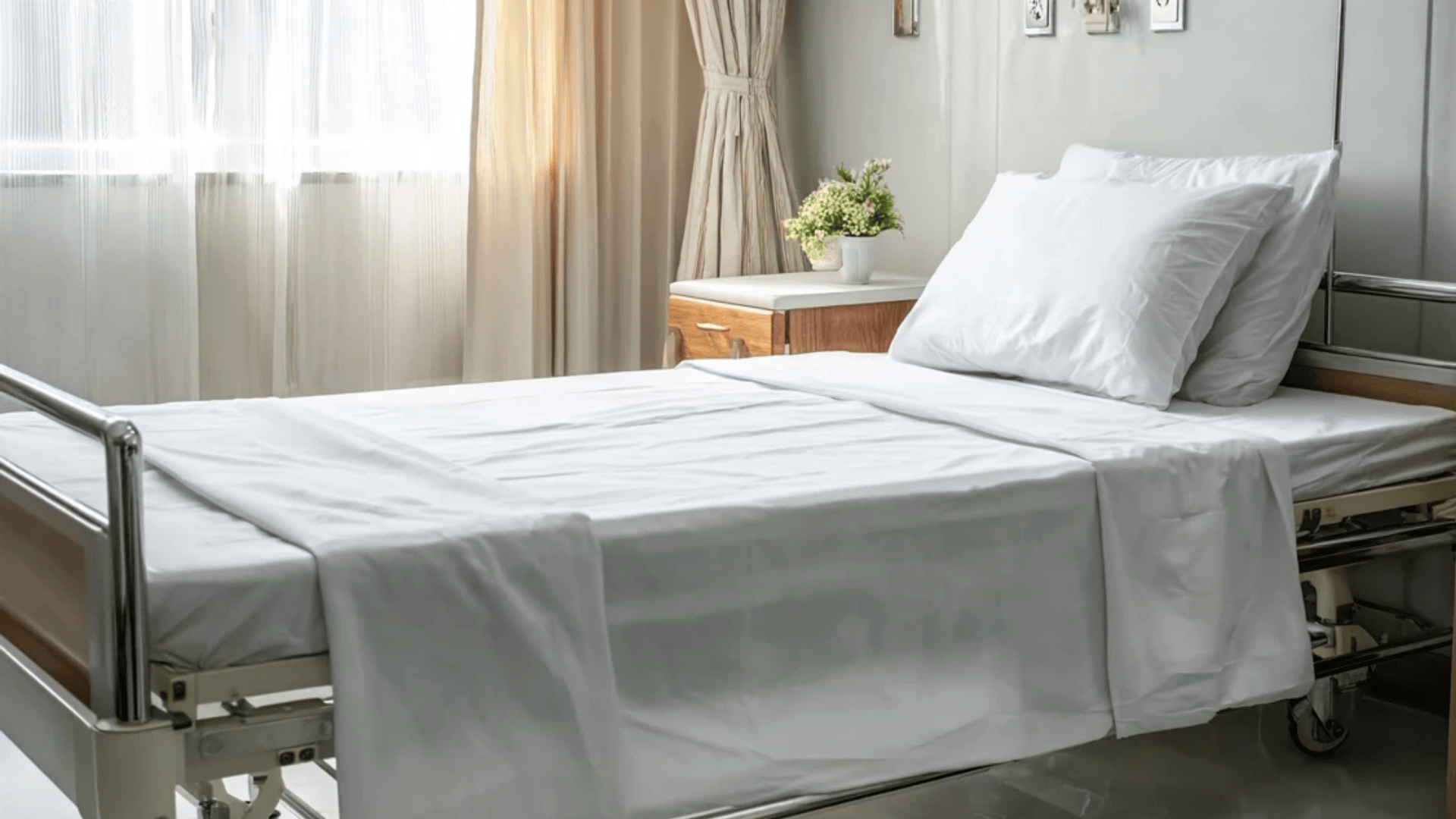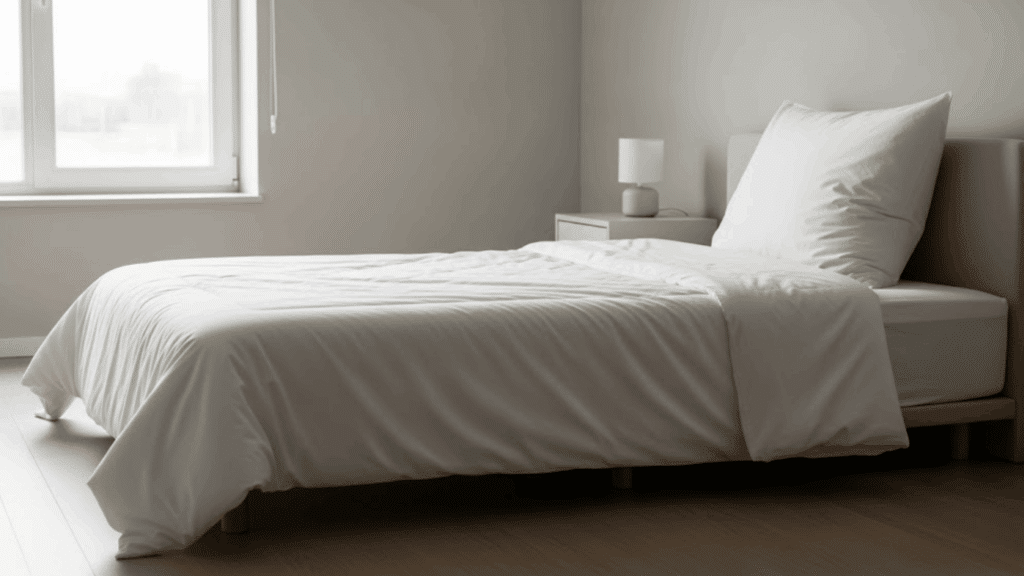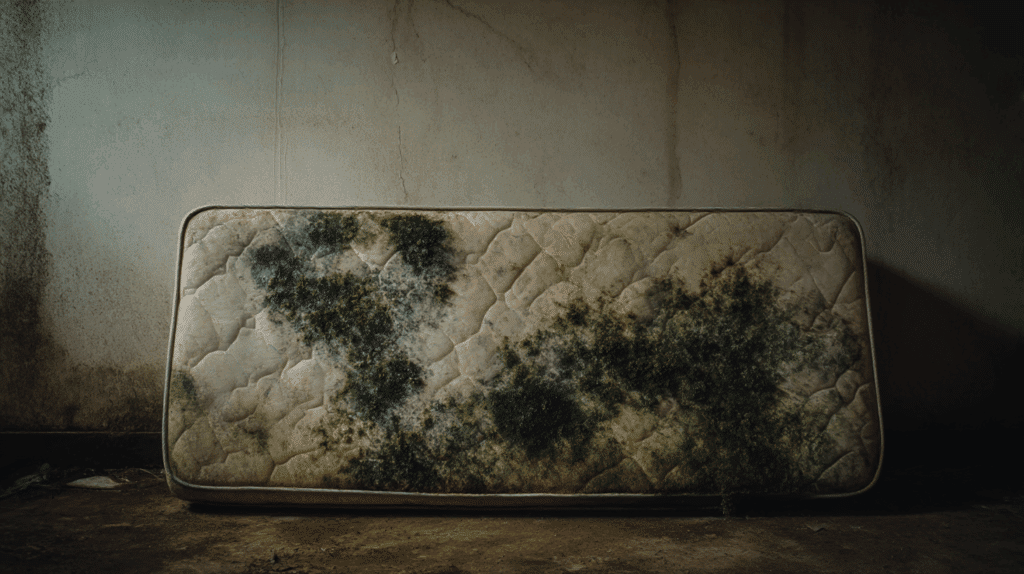When you picture a hospital room, you probably think of monitors beeping, nurses bustling around, and a tray of medical supplies by the bed. But there’s another quiet hero at work, the sheets.
The right bedding isn’t just for show. It helps prevent skin irritation, keeps the patient comfortable, and makes the caregiver’s job smoother.
Poorly fitting sheets bunch up, slip off, or wear down too quickly, creating frustration for everyone.
Knowing which sheets fit, what fabrics work best, and how to care for them can make all the difference.
If you’re setting up a medical facility or caring for someone at home, having the right medical supplies can make all the difference.
Standard vs. Non-Standard Hospital Bed Dimensions
Hospital beds generally fall into two size categories: standard and non-standard. Standard beds are most common and easy to fit with ready-made sheets.
Non-standard beds may be longer, wider, or both, and usually require specially sized sheets for a snug and secure fit.
| Type | Width | Length | Depth |
|---|---|---|---|
| Standard | 36″ | 80″ | 6–7″ |
| Non-Standard | 36–40″ | 80–84″ | 7–10″ |
Tip: Even a 2-inch difference can cause sheets to slip or bunch; always measure before buying.
Sheet Styles You’ll See Most Often

Hospital bedding isn’t one-size-fits-all; different sheet styles serve different needs. Here are the most common ones you’ll come across and why they matter.
1. Elastic-Fitted Sheets
These snug sheets are designed to tightly hug the mattress, keeping the surface smooth even when the bed is adjusted.
They’re great for preventing bunching and slipping, making them a favorite in high-use hospital settings.
| Product | Features | Benefits |
|---|---|---|
| Elastic Fitted Hospital Bed Sheets | Stretchable fabric, adjustable size | Maintains a smooth surface, minimizes slipping |
| Premium Elastic Fitted Sheets | High-quality fabric, durable | Reduces bunching, holds firmly during adjustments |
2. Flat Sheets
Simple and versatile, flat sheets can be used alone or layered over fitted sheets. They make quick linen changes a breeze and are a practical choice for busy hospital environments.
| Product | Features | Benefits |
|---|---|---|
| Flat Hospital Bed Sheets | Easy to layer, breathable fabric | Comfortable surface, quick to replace |
| Breathable Flat Sheets | Soft cotton material, versatile | Protects the mattress, adds lightweight comfort |
3. Draw Sheets
Placed in the middle of the bed, draw sheets help caregivers reposition patients without strain. They’re especially helpful for enhancing comfort and preventing friction injuries.
| Product | Features | Benefits |
|---|---|---|
| Hospital Draw Sheets | Durable cotton/polyester blend | Eases patient repositioning, prevents skin rubbing |
| Waterproof Draw Sheets | Waterproof material, soft fabric | Protects from spills, adds comfort |
The right sheets boost comfort, hygiene, and ease of care. Choose quality elastic-fitted, flat, or draw sheets to keep hospital beds cleaner and patients more comfortable.
Other Platforms You Can Buy Hospital Bed Sheets
While Amazon is convenient, you can also find quality hospital bed sheets on these accessible platforms:
- Walmart: Wide range of hospital-specific and standard bedding options, available online and in stores.
- Target: Offers bedding suitable for hospital beds, though the selection may be smaller.
- Medline: Professional-grade hospital linens are available through their website and major retailers.
- eBay: New and gently used hospital bed sheets from various sellers.
Quality hospital bed sheets improve comfort, hygiene, and care efficiency. Choose reliable options from trusted platforms to enhance patient well-being daily.
Why Hygiene Can’t Be an Afterthought

Clean bedding isn’t just about appearance; it’s a crucial part of patient care that directly impacts health, safety, and comfort every day.
- Antimicrobial fabrics: Slow bacterial growth between washes, keeping sheets fresher for longer, and reducing the risk of cross-contamination.
- Waterproof coatings: Protect the mattress from spills or accidents, extending its lifespan and ensuring a cleaner sleep surface.
- Heat-tolerant fabrics: Allow high-temperature washes for deep sanitizing, killing germs, and maintaining hygiene without damaging the material.
Prioritizing these hygiene features ensures patient comfort, safeguards against infections, and helps caregivers maintain a consistently clean, safe, and healthy care environment.
Changing Frequency: When to Replace
The frequency of changing hospital bed sheets depends on the setting: daily in hospitals, when soiled, every 2–3 days at home, and daily during contagious illness to reduce the spread.
Over time, replace sheets if the fabric feels thin, stains persist after washing, the corner elastic loses tension, or odors linger despite cleaning.
Staying on top of sheet changes and replacements ensures better hygiene, greater comfort, and a healthier environment for patients or loved ones in care settings.
Measuring for a Perfect Fit & Material Care Guide
.png)
Getting the right size and caring for your hospital bed sheets properly ensures both comfort and durability, saving you money and hassle.
- Measure width, length, and depth: Get accurate mattress dimensions for a snug fit.
- Choose a pocket depth that matches your mattress thickness.
- Consider elastic straps or all-around elastic for extra hold, ideal for active sleepers.
- Stretch fabrics: Ideal for adjustable beds to prevent bunching.
Note: Follow fabric-specific washing instructions to preserve comfort, hygiene, and sheet quality, ensuring longer-lasting use and maintaining a fresh sleeping environment.
Common Sheet Problems and Fixes
Hospital bed sheets can face common issues like slipping corners, wrinkling, shrinking, and loss of softness.
Slipping corners can be prevented with sheet clips or deep-pocket fitted sheets. Wrinkling is reduced by promptly removing sheets from the dryer or choosing wrinkle-resistant fabrics.
Avoid extra-hot dryer cycles to prevent shrinking, and use mild detergent to maintain softness.
Small extras can further improve bedding: mattress protectors shield against spills, corner clips keep fabric taut, and bed wedges minimize bunching
Aiding patient positioning ensures comfort, durability, and a neat appearance for longer-lasting sheets.
Final Thoughts
It’s surprising how much difference a simple piece of fabric can make.
The right hospital bed sheet can mean smoother care, better rest, and less frustration for everyone involved.
In caregiving, it’s often the smallest details that leave the biggest mark.
So, when you choose your next set of sheets, don’t just grab the first option that looks okay. Think about size, fit, and how the fabric will hold up over time.
If comfort is where healing begins, maybe it’s time to start with what’s under the patient and make that choice count.
Frequently Asked Questions
What Size Sheets Fit A Standard Hospital Bed?
A standard hospital bed typically uses sheets measuring 36″ x 80″. Always check your mattress depth for the correct pocket size.
How Often Should Hospital Bed Sheets Be Changed?
In hospitals, daily or when soiled; at home, every 2–3 days. For contagious illness, change daily to prevent spreading germs.
Are All Hospital Bed Sheets Waterproof?
No. Standard sheets aren’t waterproof, but you can buy waterproof or water-resistant options to protect the mattress from spills and accidents.
Can Regular Twin Sheets Fit A Hospital Bed?
Sometimes, but they may not fit snugly. Hospital beds often require specially sized or fitted sheets to prevent slipping and bunching.





